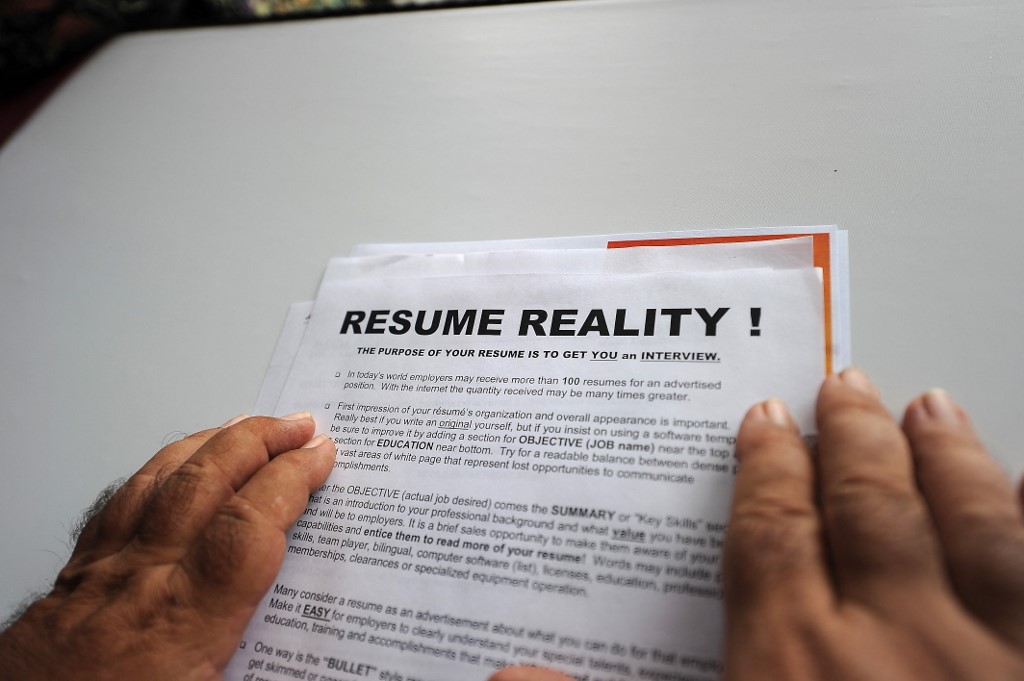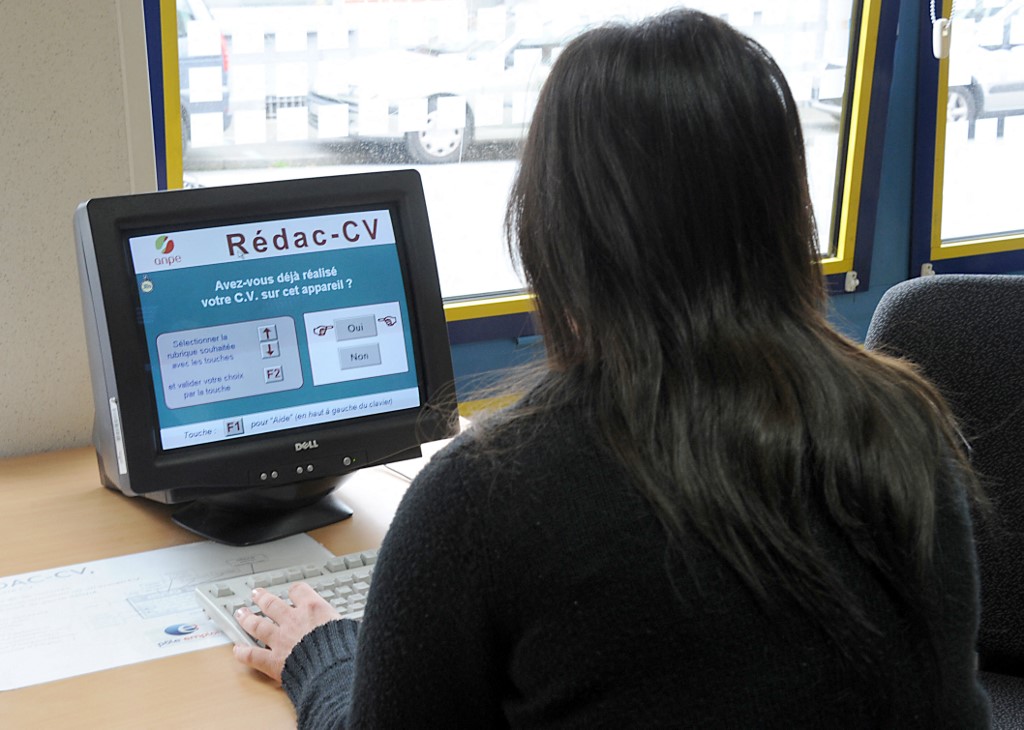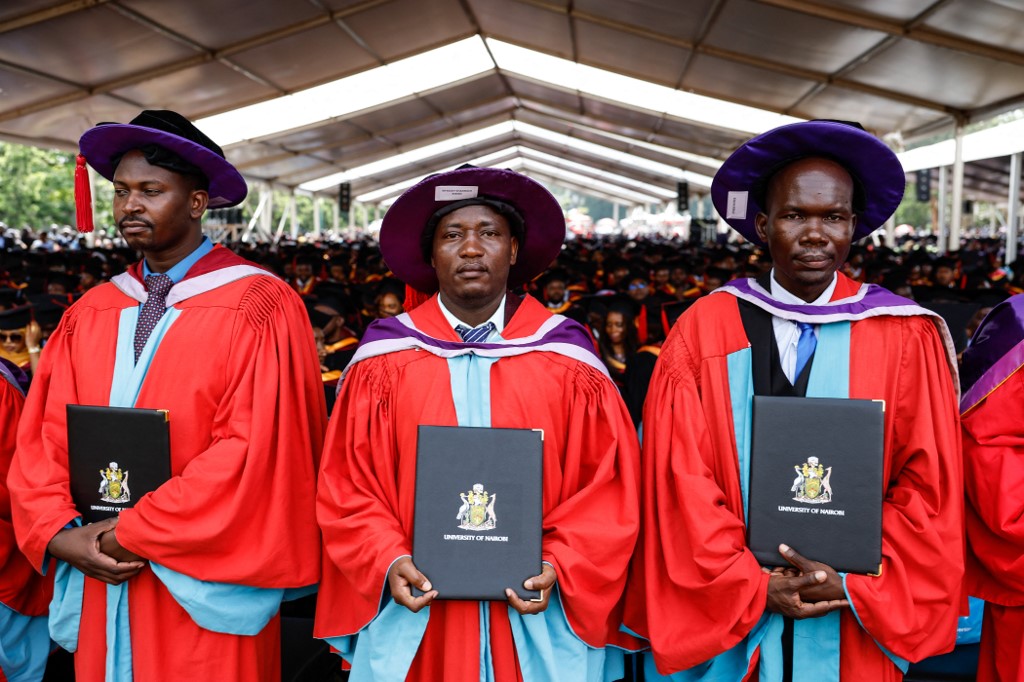
There’s no better time to learn how to write a CV for students than now.
In the US, the optimistic outlook for the stock market and the economy for the remainder of 2023 into 2024 could have positive implications for job seekers.
Usually, businesses become more confident, investing more and, thus, creating more jobs.
Of course, that’s not saying it’s easy to get a job — there are still many hoops to jump over and endless rounds of interviews in a company’s pursuit to find the right person.
If you’re applying for a new job this year, be prepared for:
- Many interviews: 47% of job seekers get invited to one or two interviews after submitting up to 10 applications.
- Many applications: 27% of job seekers get a job offer after submitting up to 10 applications.
- A lot of competition: On average, 118 people apply for a single job.
And if you’re a fresh graduate, it can appear that you can’t seem to catch a break.
With little experience and not much knowledge of how to impress recruiters, how do you stand out?
There’s one piece of paper that can help.

Depending on which country you’re applying for a job, a CV and resume could mean the same thing. Source: AFP
What is a CV?
CV — short for the Latin “curriculum vitae,” which means “course of life” in English — is a detailed document highlighting your professional and academic history.
It’s most popularly compared to a resume, which is a formal document providing an overview of your professional background and relevant skills.
Depending on which country you’re applying for a job, a CV and resume may mean the same thing.
In the EU, the terms CV and resume are used interchangeably. Generally, they are a one to two-page career summary document used when applying for jobs.
On the other hand, the curriculum vitae in the US is a very long document (as many pages as needed) that sums up everything you’ve ever done in your career. It is specifically used to apply for positions in academia.

It’s important to tailor your CV for every job application. Source: AFP
What to include in a CV?
There’s really no strict rules as to what you should include in your CV — it all depends on your experience and the position you are applying for.
But we love this advice from Susan Ireland, author of “The Complete Idiot’s Guide to the Perfect Résumé.”
She recommends focusing on the future, and not the past — and especially not the parts of your old jobs that you hated. Do that, and you’ll only attract new jobs that you’ll end up with new jobs that you’ll only hate too.
Ireland tells us to emphasise experiences that are most relevant to the position you want — and not what you think your past experiences qualify you for.
“Your résumé is about your future,” she said to The New York Times, “it’s not about your past.”
However, some sections are there to stay no matter what role you apply.
At the very least, every CV should include the following:
- Contact information
- CV summary or objective
- Work experience
- Education
- Skills
Depending on your profile, you can also include the following sections:
- Certificates and awards
- Volunteer experience
- Personal projects
- Languages
When it comes to layout, most choices boil down to personal preference. We recommend your CV look as organised as possible since you only have seven seconds to make a strong first impression.
Still, keep these tips in mind when you are formatting your CV:
- Stick to one page. No recruiter has time to go over more than that. Unless you have a very extensive work history that needs additional space, one page should be enough.
- Keep it consistent. Use the same colours, the right font, and font size for every section and section header. You want your CV to look clean, professional, and organised. To play it safe, use Times New Roman. Avoid Comic Sans at all costs.
- Get the spacing right. There should be enough space between lines and sections so that everything is distinctive and easy on the eyes. Be careful of the other extreme, however. Wide margins and too many spaces might leave your CV looking empty. You don’t want to imply you’re not bringing much to the table.
- Save it in the right format. Some companies might specifically ask you to send them a .docx file. If they don’t, we’d recommend saving your CV as a PDF. This will make sure the formatting remains intact and your CV has a higher chance of getting past Applicant Tracking Systems.
How to write a CV for students: 6 essential headings
1. Create a header with contact information
Having the right contact information on your CV helps to reduce the time it takes for your recruiter to get back to you.
Generally, the must-have contact information for your CV consists of:
- First name and last name.
- Phone number
- Email address
- Professional title
- Location
All information should be up-to-date and professional.
This means no funny, confusing email address and no buzzwords in your job title.
Unless you’re applying for a social media role, your TikTok account isn’t necessary.
2. Write a professional summary
How do you convince recruiters you are perfect for the job in just seven seconds?
Use a CV summary or objective.
It is two to three sentences that give the recruiter a glimpse of your skills, motivation in the field, and career goals.
A good CV objective, for example, goes along these lines: A creative and self-motivated marketing graduate looking for a full-time position as part of a marketing team. I work hard and learn fast. Practical experience in strategic marketing through three internships and two part-time positions.
On the other hand, if you’re an experienced professional with years in the industry, you should be using a CV summary.
As the name suggests, a CV summary is a snapshot of your professional history that highlights your experience and achievements in the field.
Here are some examples of what a good CV summary looks like:
- Knowledgeable and thorough IT security specialist with 8+ years of experience with complex IT environments. Knowledge in scripting languages; eg. Python, PowerShell, etc, Cyber Threats Intelligence, and client and server OS security hardening. Extensive experience developing and monitoring security architectures of cloud-based systems for two major companies.
- Accomplished marketing professional with over eight years of experience developing and executing successful campaigns for Fortune 500 companies. Proven track record in digital marketing strategy, leading cross-functional teams, and boosting brand visibility. Adept at analysing market trends and consumer behaviour to drive impactful marketing initiatives. Seeking to leverage expertise in a senior marketing role to drive growth and innovation.
- Results-driven software engineer with a passion for developing innovative solutions. Proficient in full-stack web development with expertise in JavaScript, React, and Node.js. In the past five year, led multiple successful projects from concept to completion, emphasising clean, efficient code and user-centric design. Recognised for strong problem-solving skills and collaborative approach. Seeking new opportunities to apply technical expertise and lead impactful projects in a dynamic team environment.

Remember to include a section on your educational history in your CV. Source: AFP
3. Detail your education
Since a CV is often used for the academic job search process, it’s important to include a section on your educational history.
List your education in reverse chronological order, with your most recent degree first. Include both degrees you’ve earned and those you’re pursuing.
Alternatively, you can list courses you have taken that are relevant to the position you will be applying for.
4. Provide your work experience
Your work experience tells recruiters whether you have the necessary hard and soft skills for the role — it’s the best indicator of what you can do.
What this section consists of can make or break your CV, so make sure you get everything right down to the details.
Each entry should consist of the following:
- Job title or position
- Company name
- Company location and description (Optional)
- Period of employment
- Achievements and responsibilities
When describing your work experiences, it’s best to focus on achievements instead of responsibilities.
You should show the recruiter you not only carry out your responsibilities, but you also did them well.
When talking about these achievements, use numbers whenever possible. They make things more concrete and help get the point across.

Soft skills are related to your personality, communication, and attitude. Source: AFP
5. List your relevant skills
There are two types of skills you can list.
Soft skills are related to your personality, communication, and attitude. They are attributes that help you adapt to a work environment and communicate with others.
Examples of soft skills are:
- teamwork
- creativity
- problem-solving
- leadership
Hard skills (or technical skills) are things that you learn or are taught. They apply directly to your ability to complete a job. Knowledge in Adobe Photoshop, C# or PHP are examples of hard skills.
Now, soft skills like creativity or adaptability are in high demand by employers.
Hence, you’d think it’s a good idea to pack your skills section with soft skills, right?
Well, not exactly.
Most job-seekers use soft skills to fill up space on their CV, even if they don’t have the said skills. At this point, recruiters barely even look at soft skills on your CV. Rather, they evaluate this during interviews.
This doesn’t mean you should completely eliminate soft skills from your CV, though. We recommend mentioning soft skills when you have the experience to back them up.
6. Include additional sections
CVs are usually longer than resumes so you can detail all the achievements relevant to the potential role. Add sections as needed to list all of your accomplishments, including:
-
Publications
-
Presentation and lectures
-
Community service
-
Grants, fellowships or scholarships
-
Awards and honors
-
Professional memberships
-
Consulting work
-
Fieldwork
-
Study abroad experience
-
Conferences

Templates are a great foundation for you to craft your CV. Source: Shutterstock
Should I use templates when crafting my CV?
Using templates can be a helpful starting point when creating your CV. Templates offer structure, guidance on formatting, and help organise your information effectively.
They often provide a standardised layout that makes showcasing your skills and experiences easier.
However, while templates offer a framework, it’s essential to personalise and customise the content to reflect your unique skills, experiences, and personality.
You’re unique, be you and good luck!










